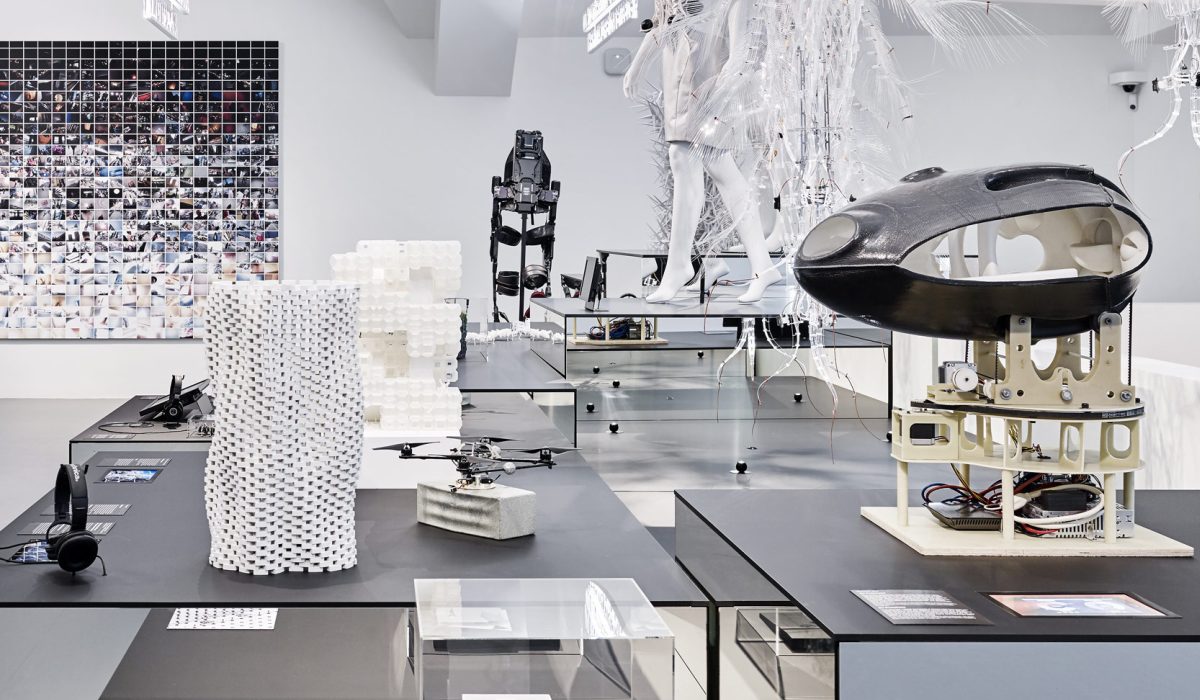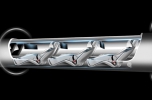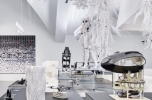Design
The evolution of the concept in the post-industrial era
Text: András Szilágyi B.
The meaning of industrial design in the strictest sense of the word, and within it, that of object-creation seems to be undergoing changes in the post-industrial period. In the rushing world of the present we have to follow and keep track of these changes of concepts. At the end of the 19th century, simultaneously with the second industrial revolution the concepts forming the framework defining discourse even today evolved. Applied arts opening towards traditions and craftsmanship and design which prioritized echnological development appeared as concepts partly overlapping and including each other, and yet competing. The cradle of the very idea of applied arts (slightly exaggeratedly) is William Morris’ Red House, whilst design originates from the Bauhaus. This field is occasionally overcome by the comprehensive concept of „design” ever since, just as we saw it in the 70s. In the post-modernist era, from the latter half of the 80s till the years after the turn of the millennia, however, just when craftsmanship „applied art” s a dominating creative genre overcame design which was being transformed and narrowed down then. The IT revolution (the 3rd industrial revolution) had its impacts by loosening up the formerly rigid and strict boundaries of creation and genres. As a result, these areas are not obviously separable and distinguishable even within the works of one and the same author.





